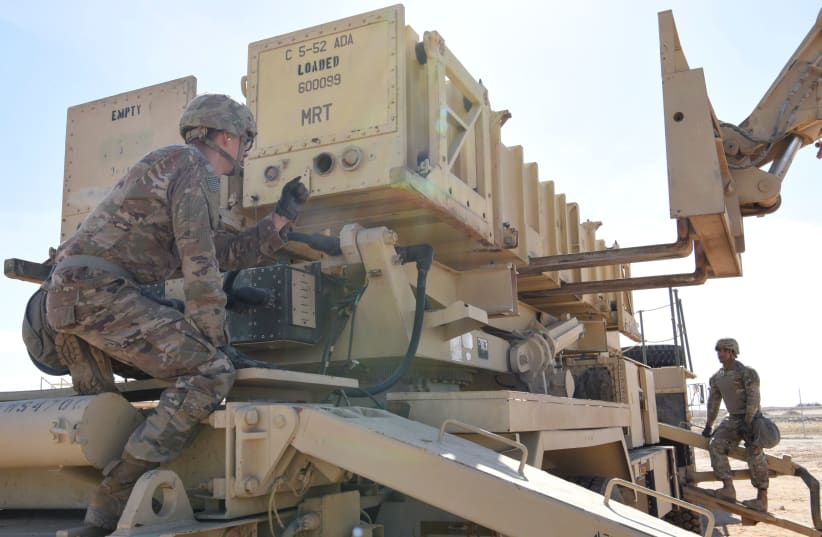Last month, over 100 US military personnel were diagnosed with traumatic brain injuries from one missile attack alone.
According to researchers in the field, modern day military helmets, including those used by the US military today, are no more effective in preventing the damage caused by blast shock waves than military helmets used 100 years ago. Although research suggest that helmets provide some protection from shock waves, no helmet has been created specifically to protect from blast shock waves.
New evidence shows that a simple, French design of helmets used during World War I could be the solution to preventing this brain damage, according to the Washington Post.
Joost Op ‘t Eynde, a biomedical engineering doctoral candidate at Duke University researching these helmets conducted a study to compare multiple styles of helmets. The study compared the current US helmet with the “Brodie” helmet, used by the US and the British in World War I, the “Stahlhelm” helmet, used by the Germans in World War I, and the “Adrian” helmet, used by the French in World War I.
In the study, researchers put each of the helmets - with sensor devices on them - on dummies. Shock waves, with effects equivalent to those of German artillery wounds ranging from 1 to 5 meters away, were then fired at the dummies.
“Indeed, some historical helmets performed better in some respects,” said Op ‘t Eynde in a statement released by the university.
According to the study, all the helmets reduced the risk for moderate brain bleeding, however the “Adrian” helmet, created by the French in 1915, had the lowest risk for moderate brain bleeding. Researchers found this fascinating because this helmet was made from the same material as the British and German helmets and even had a thinner wall.
“The main difference is that the French helmet had a crest on top of its crown. While it was designed to deflect shrapnel, this feature might also be deflecting shock waves,” Op ‘t Eynde explained. This result could be due to the crest providing an additional protective layer to reflect the shock waves when the waves were fired from directly above the crest.
After seeing the results of this study, the researchers at Duke hope that these discoveries help manufacture new helmets that can better protect soldiers from shock waves. “The difference a simple crest or a wider brim can make in blast protection, shows just how important this line of research could be,” said Op ‘t Eynde.
“With all of the modern materials and manufacturing capabilities we possess today, we should be able to make improvements in helmet design that protects from blast waves better than helmets today or 100 years ago."
